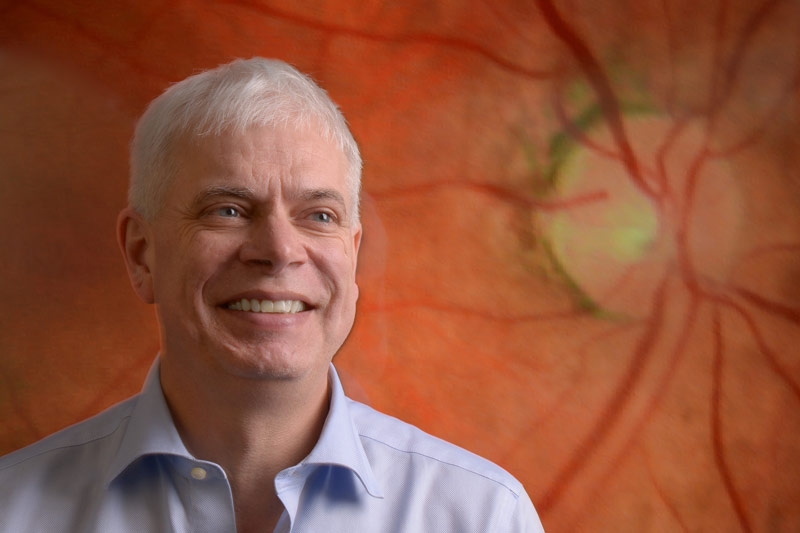Collaborate
Help Advance Healthcare AI Research
Digital Diagnostics
Product Research
Digital Diagnostics is actively looking into additional ways to leverage fundus imaging for AI based diagnostic solutions.
Exploring Glaucoma
Glaucoma is a group of eye diseases that can cause vision loss and is the second leading cause of blindness in the world.
More information about glaucoma detection coming soon.
Exploring Cardiovascular Indications
Irregularities in the blood vessels of the retina can indicate the extent of injury on blood vessels by hypertension and heart attacks.
More information about potential cardiovascular indications coming soon.
Exploring AMD
Age-related macular degeneration (AMD) is an eye disease that can blur your central vision.
More information about AMD diagnosis coming soon.
Exploring Neurodegenerative Indications
Studies have shown that neurodegenerative changes in the brain are present in the retina.
More information about potential neurodegenerative indications coming soon.

Digital Diagnostics Approach to AI Research
A Patient Outcomes-Driven Approach to Healthcare Automation
Digital Diagnostics’ research opportunities are focused on identifying the patient populations who are most at risk and evaluating how autonomous and assistive AI technology can be used to bring high quality diagnosis to areas of unmet need. We then apply those insights to develop healthcare solutions that prioritize accessibility and affordability with the goal to improve patient outcomes and revolutionize standards of care.
Our goal is to expand access to high-quality healthcare and positively impact the lives of patients by building AI the right way.

Our Approach
Digital Diagnostics starts by identifying high impact diseases with established medical practice patterns. We study how the standard of care has developed over time, and work with the clinicians and scientists who developed these standards to understand their work.

Our Knowledge
This rich understanding of pathology helps our own team of physicians and technologists judiciously choose data we use in developing and validating our deep learning algorithms.


